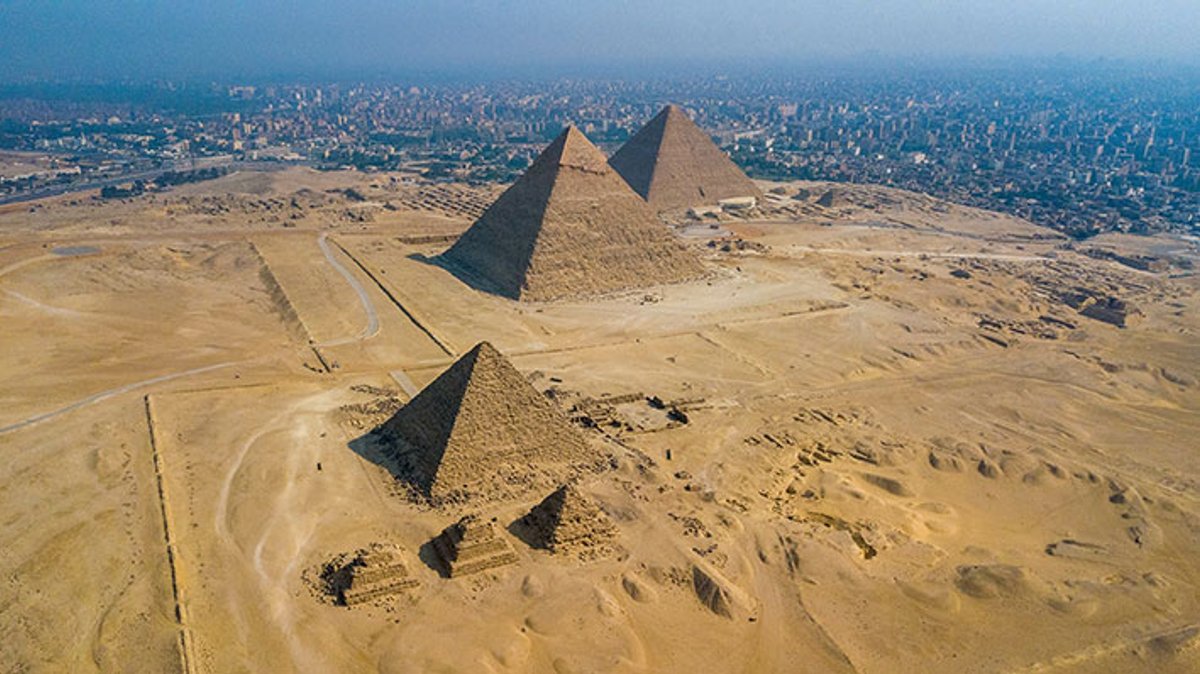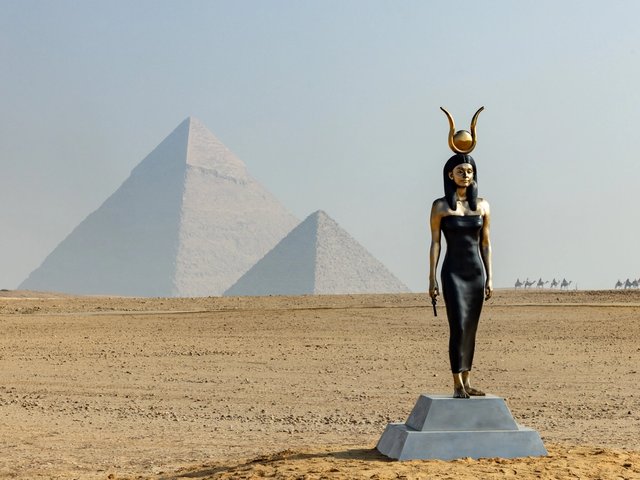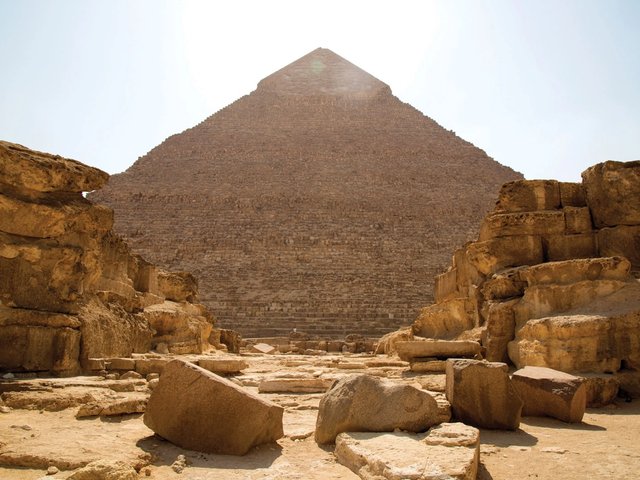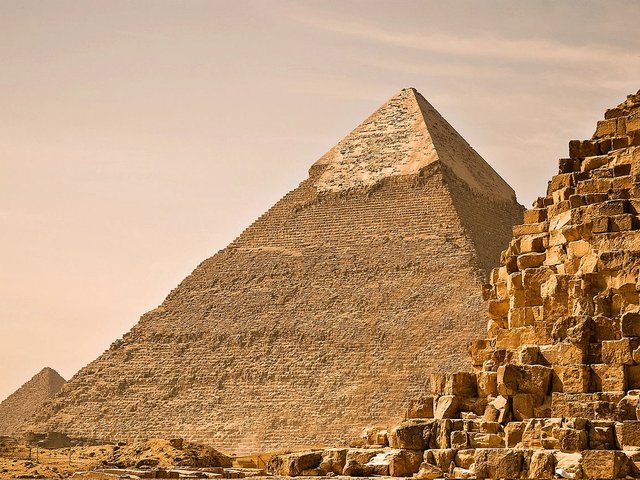A video apparently showing a worker using a hammer and chisel to chip at the stones of the Great Pyramid of Giza, a Unesco World Heritage site and only remaining Wonder of the Ancient World, has sparked outrage.
The controversy began in November as the video, posted on social media, went viral, with Egyptians decrying the lack of supervision from antiquities authorities as a “disaster”. It escalated to the Egyptian parliament, where the MP Amira Abu Shoka called for accountability from the minister of tourism and antiquities, Sherif Fathy. Shoka said the incident tarnished Egypt’s reputation and fuelled rumours about the demolition of parts of the Great Pyramid.
Fathy promised an investigation and his ministry issued a statement saying that the work, to install a new lighting system, involved removing modern construction materials added decades ago to cover the existing lighting. Despite the ministry’s insistence that the work did not affect the original structure or its ancient stones, the outrage continued, with Egyptologists calling for greater adherence to Unesco regulations and the Venice Charter.
Monica Hanna, an Egyptologist, says “mismanagement” is the greatest threat to Egyptian heritage. She cites a controversial plan to reinstall ancient granite cladding on the pyramid of Menkaure, the smallest of the three great pyramids of Giza, that was only prevented last February due to international concern.
The Great Pyramid furore erupted ahead of the planned opening of a new visitor centre at Giza this month, part of a revamp of the Giza Plateau. Recent development on the plateau, including a new highway and several new cafés and restaurants alongside it, had already triggered growing concern about its future.
“Any work on the Giza plateau, whether it is the removal of concrete or the installation of lights, or indeed, any building work, must be carefully monitored as there is scope for destruction and loss of data,” says Salima Ikram, a professor of archaeology at the American University in Cairo. “Buildings on the plateau should be limited and kept far away from the pyramids as these would disrupt the view and alter the landscape dramatically.”
The Giza incident has become a touchstone for debates about Egypt’s cultural identity amid ongoing struggles to preserve heritage sites from looting, smuggling, vandalism and urban encroachment as well as recent controversy about the destruction of historic and modern cemeteries in Cairo’s City of the Dead to build new infrastructure.
As the government forges ahead with an ambitious programme of development and infrastructure building, the balance between attracting tourist dollars crucial to the economy and safeguarding historic sites is more delicate than ever. Infrastructure projects include a new high-speed rail line under construction from the north of the country to Aswan that will cut through important sites like Abydos, as well as a highway that will impact the pyramids at Dahshur, another Unesco World Heritage site.
Steve Harvey, an Egyptologist and the director of the Ahmose and Tetisheri Project at Abydos, says he is more concerned about potential damage to the vast number of underground sites and ruins, especially those along the new rail route, than about popular tourist destinations like Giza. “The uninitiated—like developers, construction workers and labourers—might not recognise the value of less visible heritage,” he says.






